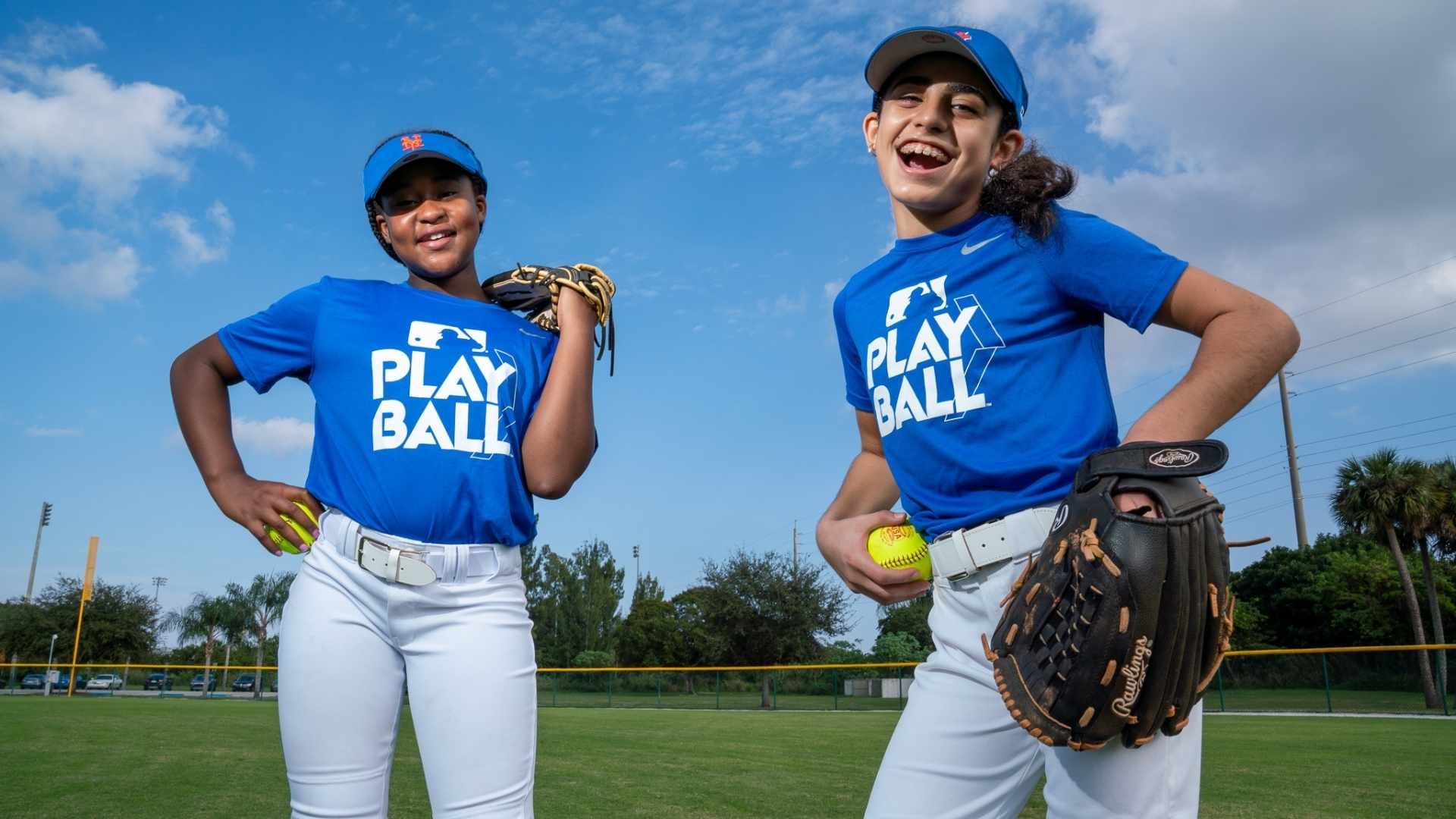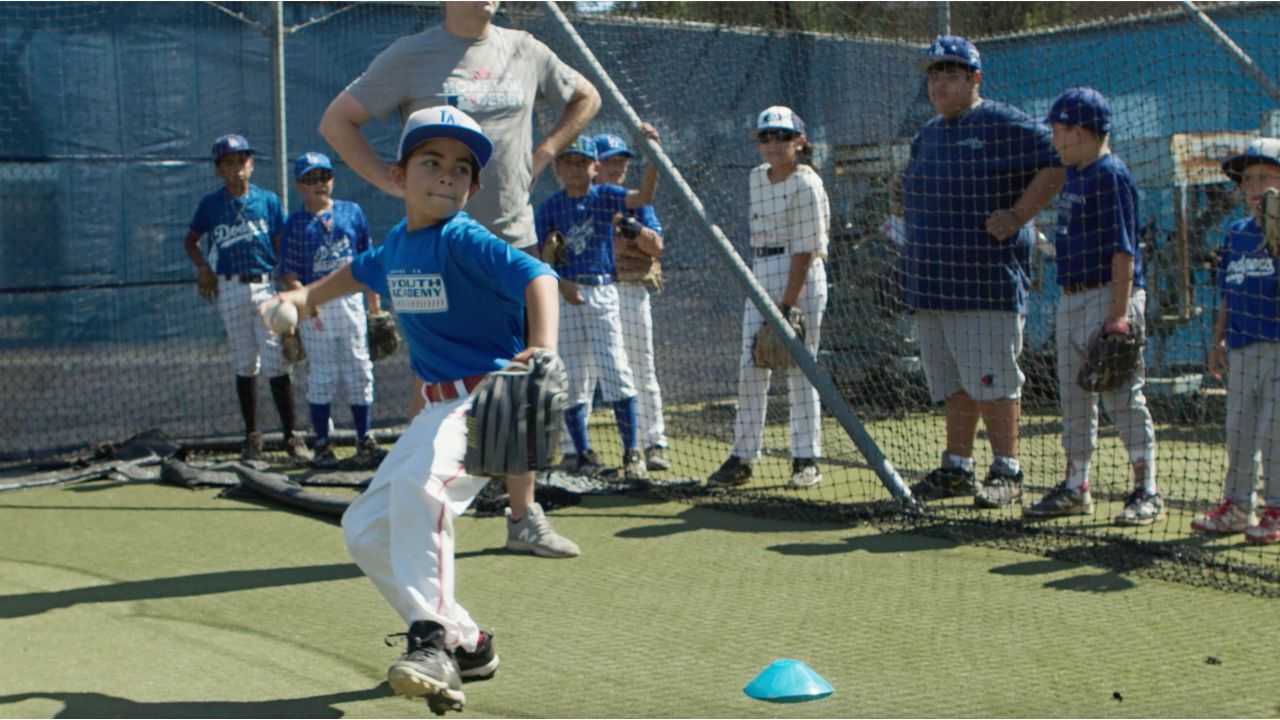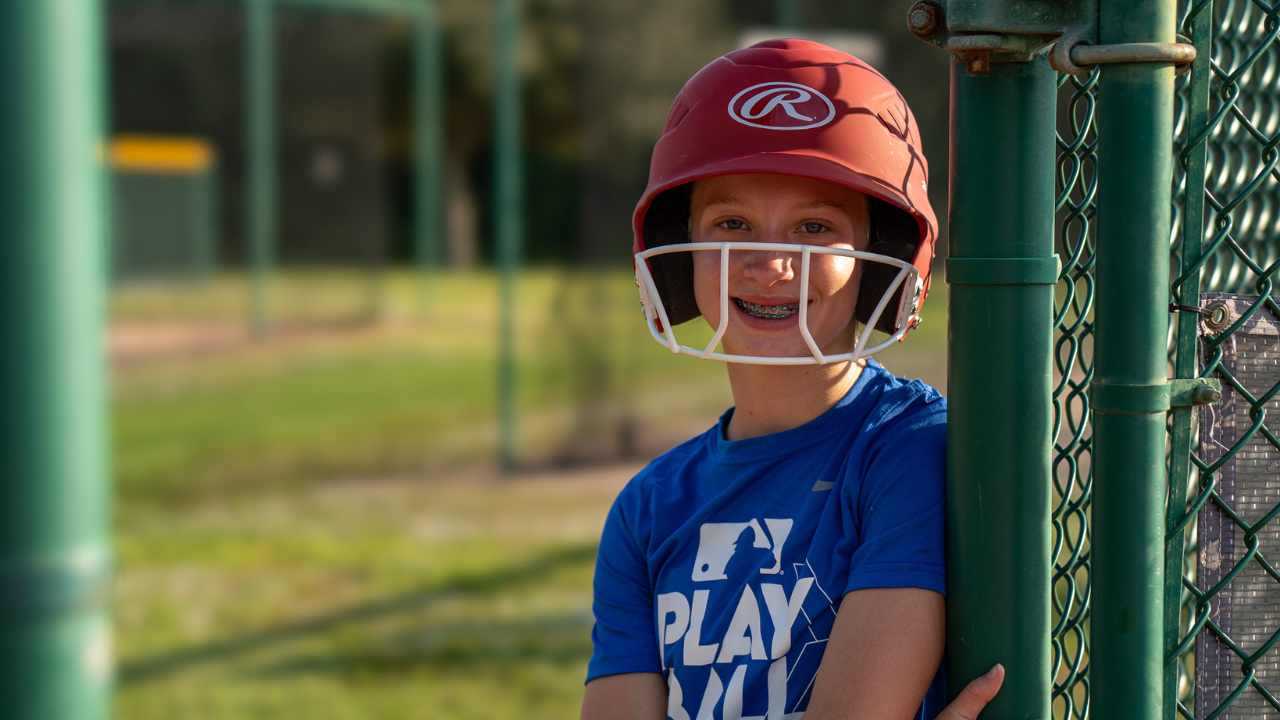How to Choose a Softball Glove
When in doubt, choose fit over fashion
Sarah Lindenfeld Hall
| 4 min read

Buying a player’s first softball glove involves a lot of choices — synthetic leather vs. the real thing, outfielder vs. infielder, price. Darian Frost, softball and community engagement coordinator for the MLB Youth Academy in Kansas City has this advice: Focus on fit.
Here’s what you need to know when choosing a softball glove for a youth player.
Consider the material
Softball gloves are designed to protect hands and fingers, and a real leather glove will do the best job, says Frost, a former Division 1 softball player at Missouri State University. But, for the youngest players, synthetic leather mitts work fine because a 5- or 6-year-old isn’t throwing the ball that hard.
At this age, Frost says, “nobody knows what they’re doing.”
Synthetic gloves also start out supple, so there’s no need to spend extra time breaking them in.
As players get older and stronger — around age 10 to 12 — and those lobbed balls turn into “missiles,” a leather glove is more important, says Frost. It can hurt to catch those hard and fast balls in a glove made of fake leather.
Frost acknowledges that a leather glove is an investment. But it can pay off. “As long as the glove is leather,” she says, “I’ve known people to keep them for their whole lives.”
Get a fielder’s glove
Like baseball gloves, softball gloves come in position-specific designs. Outfielder’s gloves are longer to catch air balls. Catcher’s mitts have special padding to protect their hands from hard pitches. A 1st base mitt is a cross between an outfielder’s glove and a catcher’s mitt, allowing the player to reach for the ball but offering some extra padding as well.
Young players don’t need position-specific gloves or mitts until they start focusing on a position — which happens around age 10 or older, Frost says. A simple fielder’s mitt, which you can find at most sporting goods stores, is best for newbies.
Frost, however, recommends that coaches have a 1st base mitt and a catcher’s mitt on hand for players to use when they rotate into those positions. Having those gloves available for the entire team also ensures that every player has the equipment they need to do their best job without worrying about whether they can afford the extra expense as they try out different positions.
Try it all
You might assume your left-handed kid will throw left-handed or that their friend’s favorite glove will work just fine for your player. Not so fast. Let kids try on different gloves in the store before you make a purchase to test your own assumptions about what hand they throw with and what might feel best to them, Frost says.
“Allow them to try it all and get comfortable,” she says. Can they squeeze and open it? Is it too heavy? “If they can’t squeeze and open, but it’s not too heavy, then you just need to break it in,” she adds.
Take your time
Taking the time to find the right glove matters. Young players can develop “timid habits” when they use the wrong equipment, prompting them to shy away from an incoming ball because it hurts to catch it, Frost says.
Having the wrong equipment also can dampen their enthusiasm for the sport. When kids see teammates with the right glove having no issues catching the ball, they might second guess their own abilities. “Sometimes kids won’t tell you because they don’t even know,” she says.




